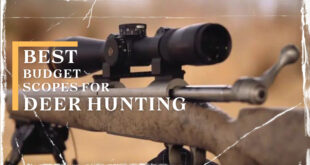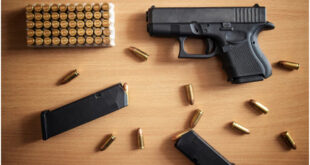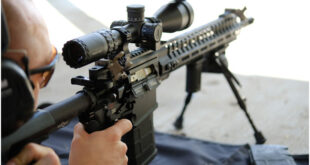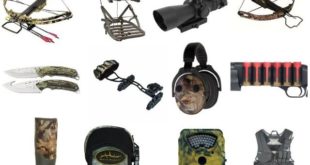
Hunting can be a fun hobby and a great tradition to pass down in your family. Whether you hunt for food or sport, there are always ways to improve your technique and equipment. Waterfowl hunting has its own challenges and benefits. Whether you are hunting geese, ducks, or other waterfowl, there are numerous variables that can impact the outcome of your hunt. When it comes to your choice of prey, waterfowl can be both fun and challenging. Here are some tips and tricks that will assist you in becoming an even better hunter.
Ensure Your Gun’s Tailored to You
Those who begin duck hunting tend to use a regular 12 gauge shotgun to hunt their prey. This gun can work and can be a lot of fun for the first few hunts. However, when it comes to getting good and having key accuracy, you need to tailor your gun to you. This will ensure that your equipment is working with and not against your body. Instead of having a pump, you should have an automatic to ensure faster firing times. The trigger should be fitted to your ideal pull length and poundage. The butt of the gun should be fitted so it sits properly against your armpit. By ensuring that your gun is tailored to your body, you will be able to vastly improve your hunting prowess. Consider customizing your gun before you go on your next waterfowl hunting trip.
Camo Everything
Waterfowl have great eyesight and anything out of the usual will put them on high alert. You don’t want the shiny barrel of your gun or the lack of camo over your skin deterring your targets. You should ensure that your body is covered with all the same type of camo that matches your surroundings. This includes your gun cover and waterfowl hunting backpack. In addition, make sure your gear is all tightly waterproof so it can withstand rain, rivers, and lakes. When in doubt, add camo. Everything you can do to camouflage yourself will serve to aid you in catching your prey. Upgrading your gear and clothing is one major way to take your hunting trips from good to great, and a way for intermediate hunters to really improve their capabilities.
Set Up Your Decoys Right
It’s extremely important to set up your decoys properly. Having just any old decoys won’t get the job done. You need to match the decoys that you’re using with the types of birds that you’re hunting. When placing your decoys, you need to do so with care. Don’t set them up out in the middle of the still water in a pond. Instead, place them in brushed areas near the edge of the pond as this is where most waterfowl are more likely to take shelter. Do your research into the specific waterfowl you are hunting. Also: remember that visibility is more important than the perfect spread. In inclement weather, you want to make sure your decoys are visible from miles away to attract ducks and geese. Keep water open around your decoys, especially on frozen lakes. For Canadian geese, it helps to set a floating spread. Goose decoys are useful for both ducks and geese, as they are more visible above stubble and weeds.
Invest in a Good Set of Waders
You need to consider your comfort level throughout the day. Since you’re likely going to be standing in water, you want to ensure you purchase a pair of waders that will keep you dry and fairly warm. Don’t skimp out on waders that don’t come up high enough and allow your clothes to get wet. No one really enjoys hunting when they’re soaking wet and cold. If you do get wet, it’s extremely important for you to take it seriously as you could get hypothermia. Have a dry box and fire-starting supplies with you. In addition, take along a waterproof sleeping bag and be sure that your friends and family and other hunters know where you are going and when you plan to be back. Safety is extremely important, especially when you are going deep in a wild country.
Waterfowl is a fun type of prey to go after. If you’ve been waterfowl hunting a few times, you know that it can get tricky. By employing the great tips outlined above, you’ll be well on your way to shooting more birds.
Brooke Chaplan is a freelance writer and blogger. She lives and works out of her home in Los Lunas, New Mexico. She loves the outdoors and spends most of her time hiking, biking, and gardening. For more information, contact Brooke via Facebook at facebook.com/brooke.chaplan or Twitter @BrookeChaplan
 www.GunsandOptics.com Tactical & Hunting Gear Review
www.GunsandOptics.com Tactical & Hunting Gear Review






